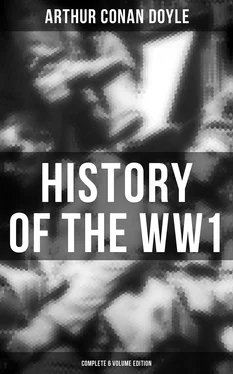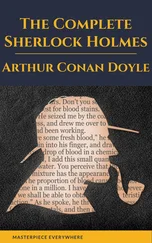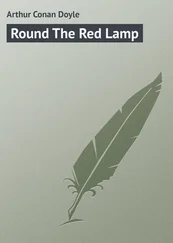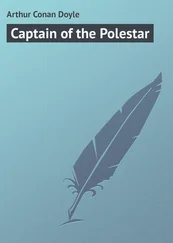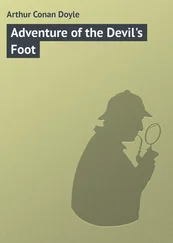It will be noticed that in his generous commendation Sir John French quotes the different separate units of Engineers as a token of his appreciation of the heavy work which fell upon them before as well as and during the battle. Many anecdotes were current in the Army as to the extraordinary daring and energy of the subterranean workers, who were never so happy as when, deep in the bowels of the earth, they were planning some counter-mine with the tapping of the German picks growing louder on their ears. One authentic deed by Captain Johnston’s 172nd Mining Company may well be placed upon record. The sapping upon this occasion was directed against the Peckham Farm held by the Germans. Finding that the enemy were countermining, a camouflet was laid down which destroyed their tunnel. After an interval a corporal descended into the shaft, but was poisoned by the fumes. An officer followed him and seized him by the ankles, but became unconscious. A private came next and grabbed the officer, but lost his own senses. Seven men in succession were in turn rescuers and rescued, until the whole chain was at last brought to the surface. Lieutenants Severne and Williams, with Corporal Gray and Sappers Hattersley, Hayes, Lannon, and Smith, were the heroes of this incident. It is pleasant to add that though the corporal died, the six others were all resuscitated.
It is with a feeling of loathing that the chronicler turns from such knightly deeds as these to narrate the next episode of the war, in which the gallant profession of arms was degraded to the level of the assassin, and the Germans, foiled in fair fighting, stole away a few miles of ground by the arts of the murderer. So long as military history is written, the poisoning of Langemarck will be recorded as a loathsome incident by which warfare was degraded to a depth unknown Neuve among savages, and a great army, which had long been and honoured as the finest fighting force in the world, became in a single day an object of horror and contempt, flying to the bottles of a chemist to make the clearance which all the cannons of Krupp were unable to effect. The crime was no sudden outbreak of spite, nor was it the work of some unscrupulous subordinate. It could only have been effected by long preparation, in which the making of great retorts and wholesale experiments upon animals had their place. Our generals, and even our papers, heard some rumours of such doings, but dismissed them as being an incredible slur upon German honour. It proved now that it was only too true, and that it represented the deliberate, cold-blooded plan of the military leaders. Their lies, which are as much part of their military equipment as their batteries, represented that the British had themselves used such devices in the fighting on Hill 60. Such an assertion may be left to the judgment of the world.
III. The Second Battle of Ypres
Stage I. The Gas Attack, April 22-30
Table of Contents
Situation at Ypres—The poison gas—The Canadian ordeal —The fight in the wood of St. Julien—The French recovery —Miracle days—The glorious Indians—The Northern Territorials—Hard fighting—The net result—Loss of Hill 60
It may be remembered that the northern line of the Ypres position, extending from Steenstraate to Langemarck, with Pilken somewhat to the south of the centre, had been established and held by the British during the fighting of October 21, 22, and 23. Later, when the pressure upon the British to the east and south became excessive, the French took over this section. The general disposition of the Allies at the 22nd of April was as follows.
The Belgians still held the flooded Yser Canal up to the neighbourhood of Bixschoote. There the line was carried on by the French Eighth Army, now commanded by General Putz in the place of General d’Urbal. His troops seem to have been all either Colonial or Territorial, two classes which had frequently shown the utmost gallantry, but were less likely to meet an unexpected danger with steadiness than the regular infantry of the line. These formations held the trenches from Bixschoote on the canal to the Ypres-Poelcapelle road, two thousand yards east of Langemarck, on the right. At this point they joined on to Plumer’s Fifth Corps, the Canadian Division, Twenty-eighth and Twenty- seventh British Divisions, forming a line which passed a mile north of Zonnebeke, curling round south outside the Polygon Wood to the point where the Fifth Division of the Second Corps kept their iron grip upon Hill 60. The average distance from Ypres to all these various lines would be about five miles. Smith-Dorrien, as commander of the Second Army, was general warden of the district.
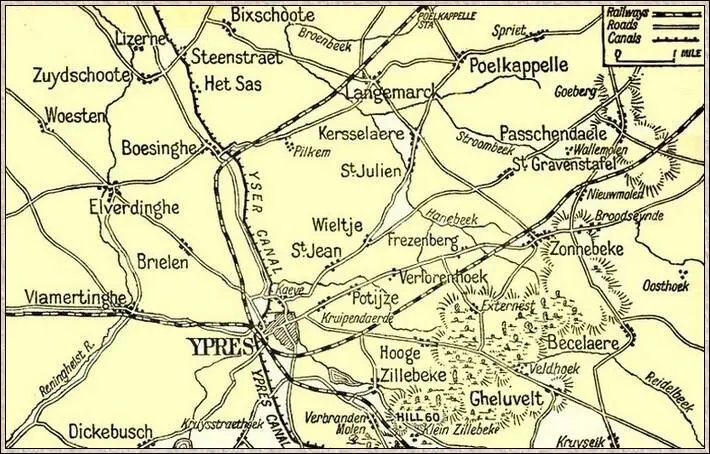
Ypres District
Up to the third week of April the enemy opposite the French had consisted of the Twenty-sixth Corps, with the Fifteenth Corps on the right, all under the Duke of Würtemberg, whose headquarters were at Thielt. There were signs, however, of secret concentration which had not entirely escaped the observation of the Allied aviators, and on April 20 and 21 the German guns showered shells on Ypres. About 5 P.M. upon Thursday, April 22, a furious artillery bombardment from Bixschoote to Langemarck began along the French lines, including the left of the Canadians, and it was reported that the Forty- fifth French Division was being heavily attacked. At the same time a phenomenon was observed which would seem to be more in place in the pages of a romance than in the record of an historian. From the base of the German trenches over a considerable length there appeared jets of whitish vapour, which gathered and swirled until they settled into a definite low cloudbank, greenish-brown below and yellow above, where it reflected the rays of the sinking sun. This ominous bank of vapour, impelled by a northern breeze, drifted swiftly across the space which separated the two lines.
The French troops, staring over the top of their parapet at this curious screen which ensured them a temporary relief from fire, were observed suddenly to throw up their hands, to clutch at their throats, and to fall to the ground in the agonies of asphyxiation. Many lay where they had fallen, while their comrades, absolutely helpless against this diabolical agency, rushed madly out of the mephitic mist and made for the rear, over-running the lines of trenches behind them. Many of them never halted until they had reached Ypres, while others rushed westwards and put the canal between themselves and the enemy. The Germans, meanwhile, advanced, and took possession of the successive lines of trenches, tenanted only by the dead garrisons, whose blackened faces, contorted figures, and lips fringed with the blood and foam from their bursting lungs, showed the agonies in which they had died. Some thousands of stupefied prisoners, eight batteries of French field-guns, and four British 4-7’s, which had been placed in a wood behind the French position, were the trophies won by this disgraceful victory. The British heavy guns belonged to the Second London Division, and were not deserted by their gunners until the enemy’s infantry were close upon them, when the strikers were removed from the breech-blocks and the pieces abandoned. It should be added that both the young officers present, Lieuts. Sandeman and Hamilton Field, died beside their guns after the tradition of their corps.
By seven o’clock the French had left the Langemarck district, had passed over the higher ground about Pilken, and had crossed the canal towards Brielen. Under the shattering blow which they had received, a blow particularly demoralising to African troops, with their fears of magic and the unknown, it was impossible to rally them effectually until the next day. It is be remembered in explanation of this disorganisation that it was the first experience of these poison tactics, and that the troops engaged received the gas in a very much more severe form than our own men on the right of Langemarck. For a time there was a gap five miles broad in the front of the position of the Allies, and there were many hours during which there was no substantial force between the Germans and Ypres. They wasted their time, however, in consolidating their ground, and the chance of a great coup passed for ever. They had sold their souls as soldiers, but the Devil’s price was a poor one. Had they had a corps of cavalry ready, and pushed them through the gap, it would have been the most dangerous moment of the war.
Читать дальше
